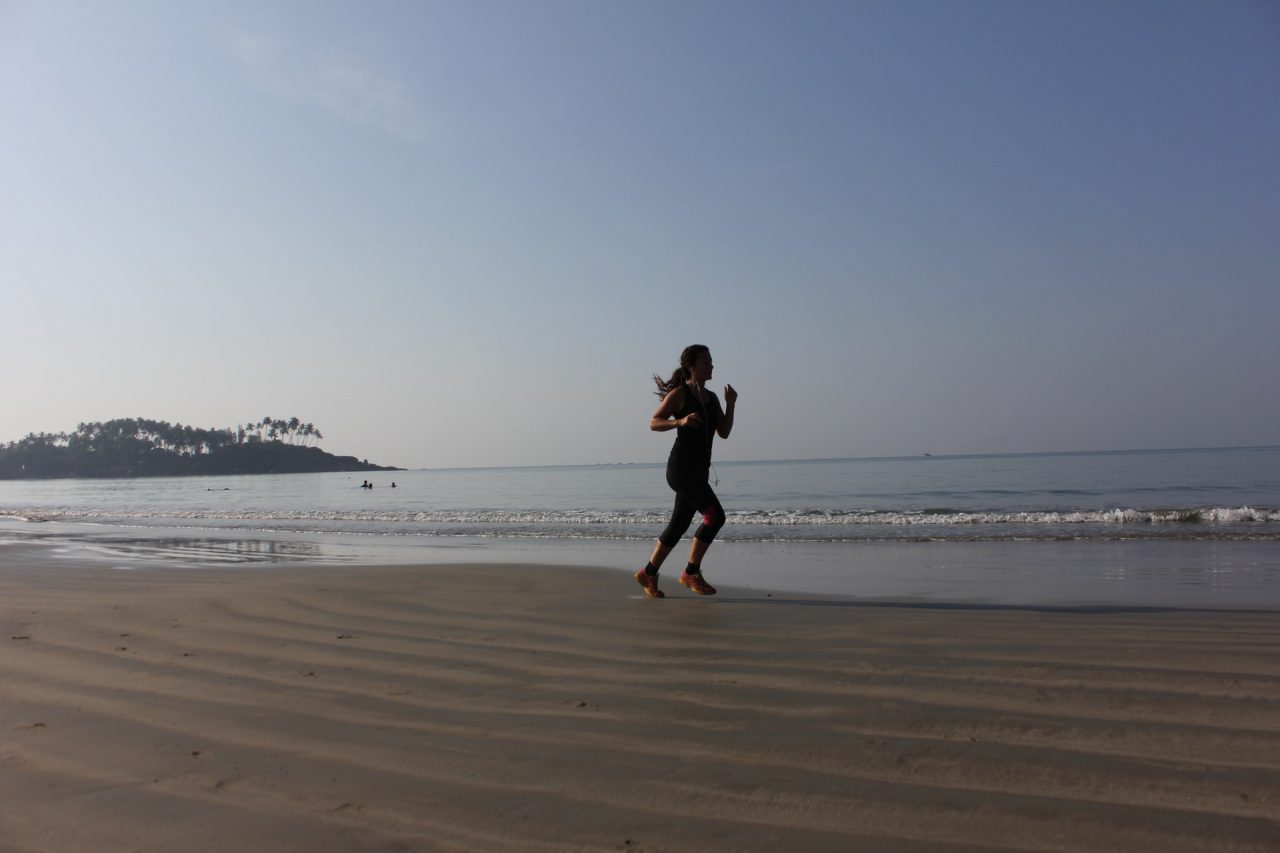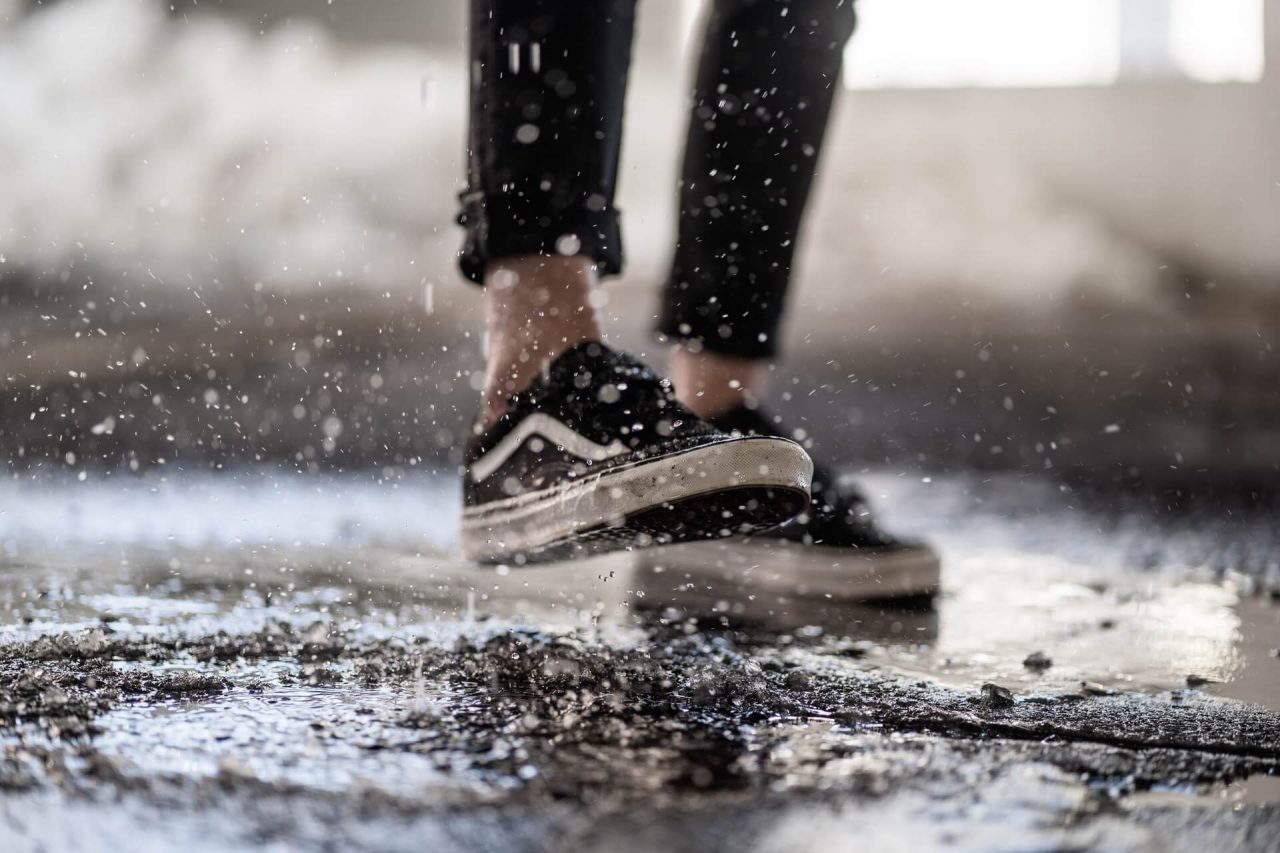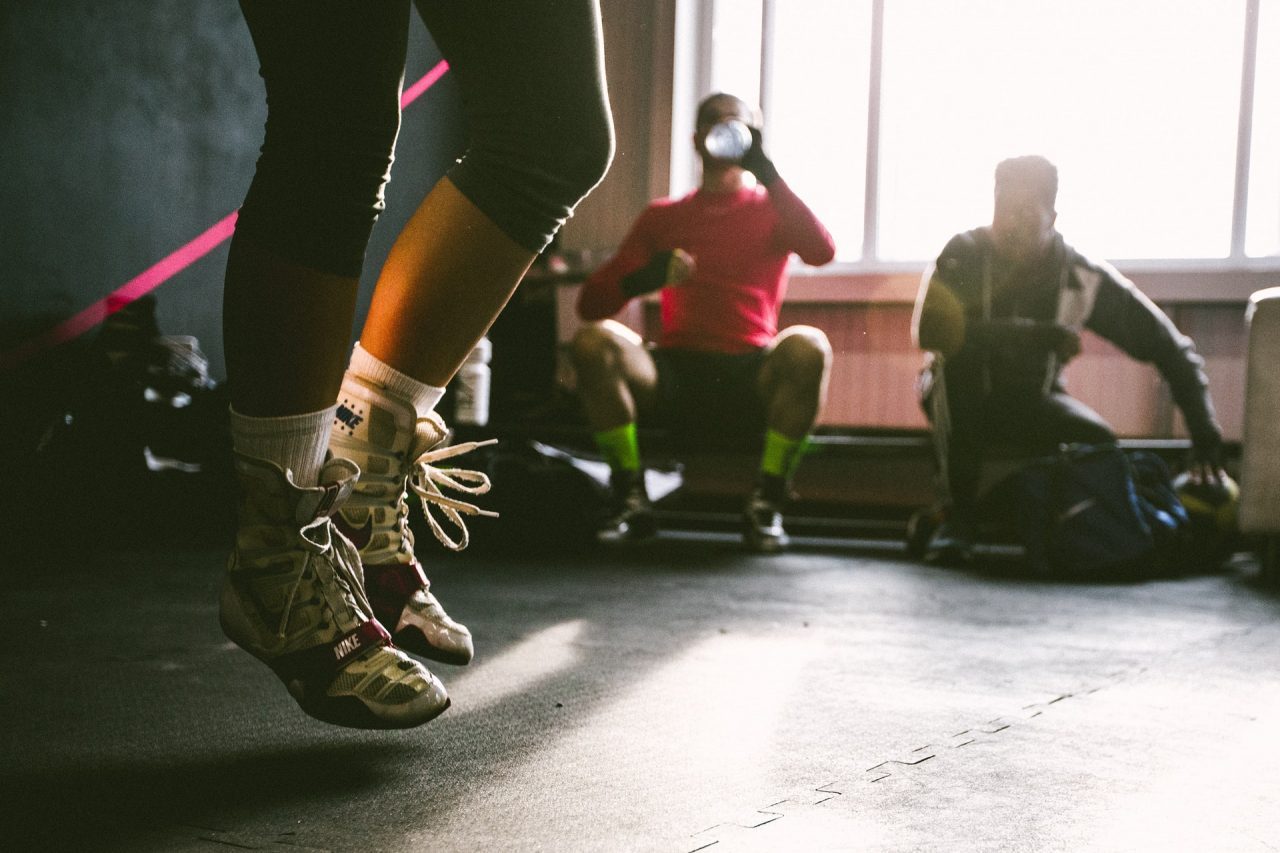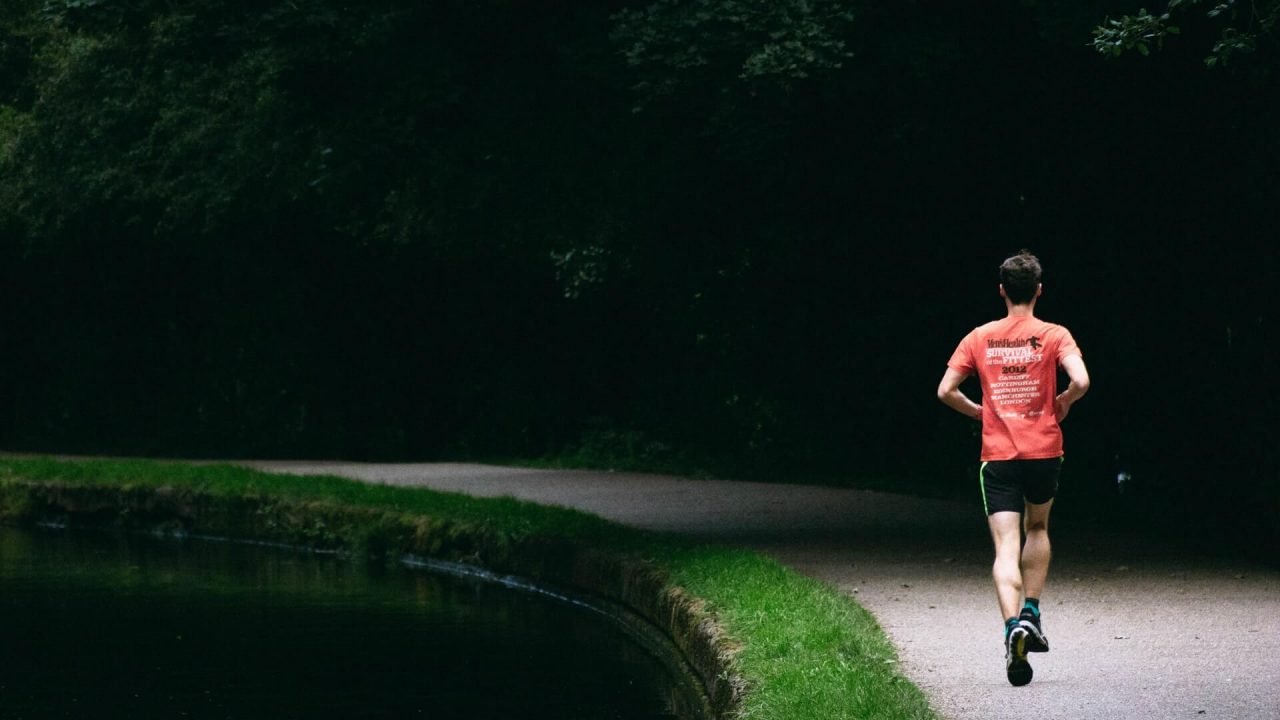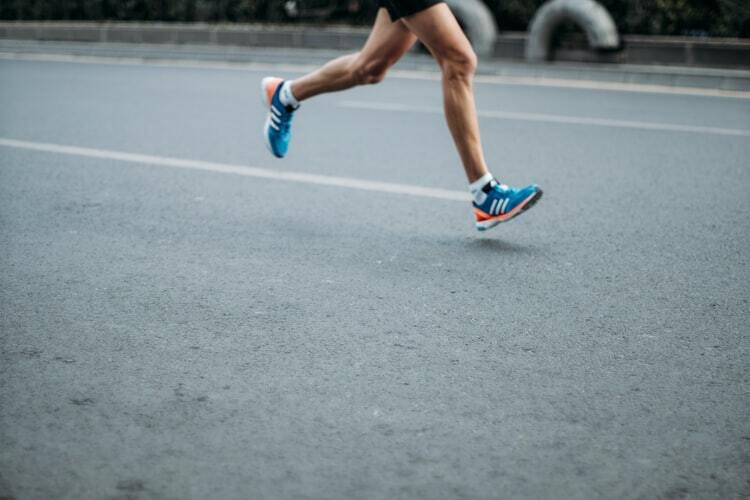The fact that running is an innate part of being human does not make it a skill that we can’t further improve, especially if we consider how we’ve had to adjust to running in harsh, manmade road surfaces like asphalt. To tackle these surfaces with more ease and to become a better runner overall, you will need a good running form and technique. Further, we will touch upon the importance of optimizing the way that the whole body works as a chain of movement when running and how to do that exactly.
Why Work on Running Technique?
Adopting a proper running technique and form is key to improving efficiency in your movement, especially in beginner runners, who often happen to grow tired very early during the run. Reducing your movements’ energy cost by adjusting your form will enable you to run with more ease, tackle longer distances, and increase your speed.
Running may look like a simple form of movement that doesn’t require putting much thought into, and while that is true to some extent, there is still much more to running than that. Running can be quite an injury-prone activity, for example. The risk of injury incidences, moreover, is significantly high if runners don’t pay attention to their form and technique. A simple fix such as maintaining a good posture and form can do wonders for your running history; it can prevent injuries and help you take on those extra miles you may have been meaning to reach.
How to Maintain Proper Running Form?
The slightest adjustment can make a difference when it comes to running form and technique. Think of the body as a machine, each part having its separate function but working together to create movement as a unity. A good posture will have the same impact on your runs, starting from the head and ending at the toes.
Head
Most of the time, many running form tips will focus on the movement of the legs and feet and rarely will they mention the posture of your head. The head is, however, the first point of contact and a determining factor of your form.
Your head should be parallel to the ground and at a neutral position, neither leaning up nor tucked under. Instead, it should be leaning forward, together with your gaze, so you not only know what’s ahead of you but also assist the rest of your body in maintaining a good posture.
Shoulders
Shoulder tension is quite common among beginner runners, especially if you’re used to staying in a slouched position in an office chair or a couch. This part of the body, like the head, assists the whole posture, especially the upper body.
To avoid stiff shoulders, keep them relaxed and avoid hunching them. Pull the shoulder blades forward and back from time to time as a reminder to keep your posture in check and to avoid slouching.
Arms
If you pay attention to a group of elite runners during a race, among other similarities, you will see how they make the best use out of the movement from their arms. This body part both balances the posture and adds power to your runs.
You should be swinging your arms back and forth and in a forward movement with each stride. Avoid crossing your body with your arms, as this will expend more energy by causing you to lose the momentum of moving ahead.
Hips
The hips and pelvis play a crucial role in the biomechanics of running; they are the powerhouse of the lower body and its movement. The key to a smooth pattern of movement is to keep the hips stable and even. Stabilizing your hips will allow you to extend your legs behind you and pull them forward with more efficiency and power.
Legs
Maintaining a tall and straight posture does not stop at the upper body, but should be applied to your legs as well. They are, after all, the body part that we owe running to. To improve the efficiency of your movement, think of the legs as a counterbalancing force; you should engage both the glutes and hamstring muscles equally so that there is enough drive on the legs. Your knees should be slightly bent, allowing the legs to kick back towards the glutes.
Feet
When it comes to preventing injuries and conserving energy, the way you control your feet can truly make a difference. While each runner lands differently and we can’t teach footstrike in regards to how to run properly, the ideal movement of the feet should be light and springy. Especially if you are running on roads and flat hard surfaces, it is best to land the feet below the hips rather than in front of them, in order to lessen the impact of these surfaces on the joints.
How to Adopt a Good Running Technique?
We have already established the role of having a proper running technique, and although each runner is unique when it comes to their body structure, there are some basic principles of running biochemanics that apply to all. Here are two other aspects of your running technique to consider for a more efficient and injury-free run:
Cadence
Cadence, or stride rate, is defined in running as the number of steps you take per minute of running. Cadence can vary from one runner to another, but a higher cadence is generally considered ideal. This is due to the fact that a low cadence, that is a low number of steps per minute, is an indication that you are spending more time and effort on landing on the ground rather than moving your legs, and consequently you’re hitting the ground harder.
Studies have shown that a 5-10% increase in the number of steps can make a substantial difference in decreasing the load of impact on your knees and joints. While the optimal cadence is considered to be around 180 strides per minute, that is influenced by overall speed of the run as well. Cadence, however, is not to be confused with speed, since the length of your stride contributes to that additionally.
Footstrike
Deciding on whether there is a ‘correct’ way to land on your feet has been a topic of much debate among runners for some time now. Some runners tend to land on the front of their feet, some have a mid-foot strike, while others are heel strikers. Heel striking is the type of footstrike that is generally frowned upon since when you land the pressure from your ankle and shins to the knees is bigger, consequently increasing the risk of overload injuries.
Some runners and coaches, on the other hand, suggest that heel striking is not the biggest of problems, as long as runners get the right amount of cushioning and support from their running shoes and stay injury-free. Therefore, advice on footstrike can be taken with a grain of salt, as expert opinions are mixed when it comes to this matter.
These were some of the characteristics that make a proper running form. With some slight improvements on your posture and the manner in which you run, running can become safer, more enjoyable, and ultimately you will be breaking records, be they personal or professional.

